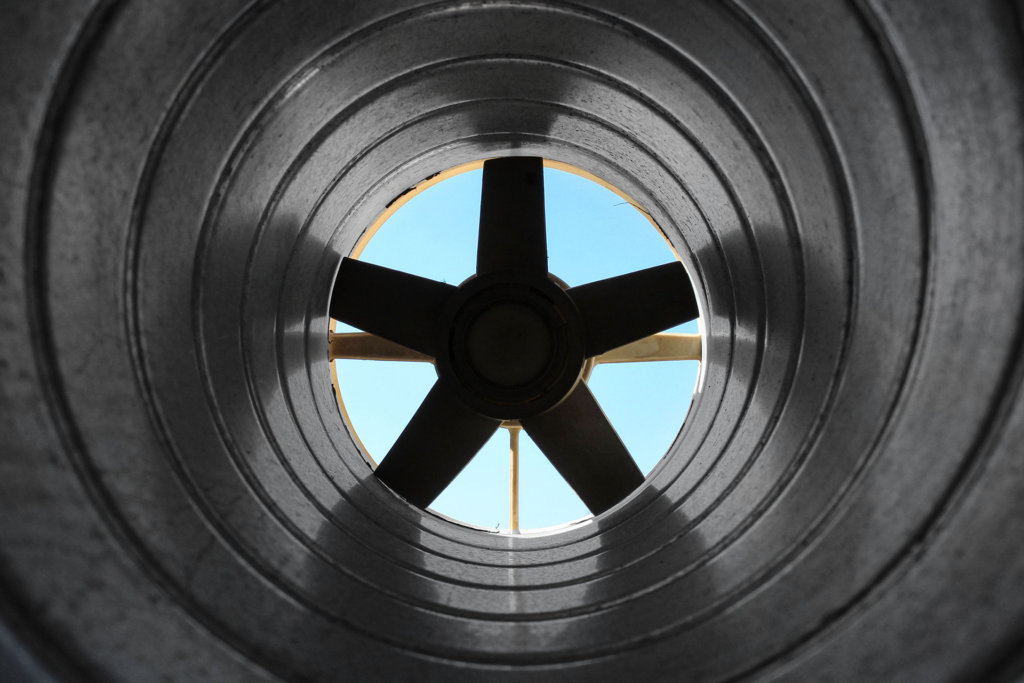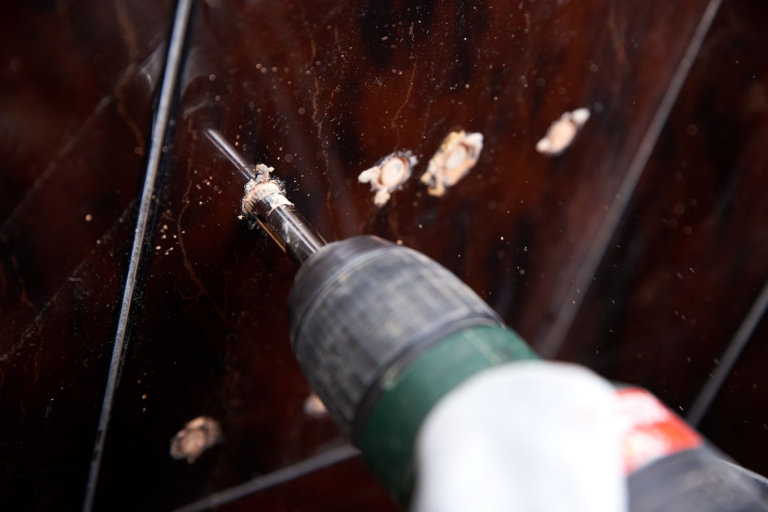Have you been experiencing uneven airflow in your house? Perhaps some rooms maintain their temperature while others run hot and cold. Fortunately, there’s an easy solution to your problem: a duct booster fan. It can effectively solve the airflow problem in your house.
Depending on the size of your house and your HVAC system, you will have to choose between an inline booster fan or a register booster fan. Both come with their own sets of pros and cons.
However, you shouldn’t always rely on a fan to fix your heating and cooling problems. The ductwork or HVAC system may be at fault.
Want to know more about booster fans? Let’s start with the basics:
What Is a Duct Booster Fan?
As the name implies, a duct booster fan does exactly that. It boosts airflow through the duct system to the rooms further from the HVAC system. Sounds pretty simple, right? Well, it actually is.
The fan is installed in the duct, usually between the vent and the blower at an equal distance. As a result, when air flows through the duct, it’s pumped through the fan into the vent of the far room. This helps to prevent the room from getting too hot or cold.
If you go online, you will find half the articles talking in favor of this fan and the remaining half against it. The question is: does the duct booster fan actually work?
The short answer is yes and no. Confused? Let’s clear this up:
The effectiveness of a duct booster fan depends on your HVAC system. This is why it’s important to let a professional look at it before taking any action. If there’s no problem with the HVAC system, that’s your green light for the installation. However, if the duct is compromised or there’s something wrong with the HVAC system, then installing this fan will do you no good.
Types of Booster Fan
There are two types of duct booster fans: register and inline. Here are each of these explained in a bit more detail:
Register Booster Fan
A register booster fan is also known as an in-floor fan. It’s quite small and sits directly on or in the register of the room that’s experiencing heating and cooling problems. This fan is the answer if you are looking for a simple solution for boosting airflow into the room.
Depending on the size of your HVAC system, a register booster fan costs less than $80. Since installing it is a no brainer, you can do it yourself. All you need to do is place it in the register, adjust the thermostat, and plug in the wire. However, if you are a newbie and want a professional to install it, it will cost you about $150 extra.
Register booster fans work better in older homes that don’t have modern HVAC systems.
Pros
- Easy to install
- Cheaper than an inline booster fan
- Is multi-speed and has a built-in thermostat
- Can also be electronically controlled
Cons
- Quite noisy compared to inline booster fans
- Prone to frequent burnout and failures
- Since it needs to be plugged into an outlet, most people find the dangling wire annoying
- May not give a high enough airflow to make a big difference
Inline Booster Fan
An inline booster fan is a large, heavy-duty, cylindrical fan. It runs along the ductwork’s width and replaces the section where the fan is placed. Since the entire ductwork must be exposed and accessible for a professional to work on, it’s quite expensive to install. The fan is hardwired and is relayed to the furnace.
An inline booster fan costs anywhere between $30 and $150. Since its installation is difficult and time-consuming, add a couple of hundred dollars more to the total cost for a professional installation. You can expect to pay $225 to $300 for this.
Inline booster fans work better in bigger houses that have more spacious rooms. As a result, airflow to some of the rooms is compromised, and this fan can fix the problem.
Pros
- Does not make a sound when working
- No annoying dangly wires
- Produces a higher airflow
- Lasts longer than register booster fans
Cons
- Expensive compared to register booster fans
- May require extensive work if it’s discovered that the duct is compromised
How Effective Are Booster Fans?
Generally, a booster fan is quite effective in fixing airflow problems. Its entire purpose is to pump air through the duct and into the rooms that are far away from the HVAC system.
However, if there’s an underlying problem with the HVAC system, the booster fan will not work. It’s also possible that the airflow problem might get fixed for the time being. However, if the real problem is not addressed quickly, the entire ductwork will eventually become compromised.
How to Fix HVAC Issues Without a Booster Fan
It’s worth checking for common issues before you go and buy a booster fan. Here’s what we recommend doing first:
Patch Leaky Air Ducts
Rodents chewing through the ductwork, improper insulation causing cracks, and peeling duct tape, are all problems that cause the duct to leak air. As a result, air never reaches the room. For this, you will have to call a professional to find out if it can be patched up or if the duct will have to be replaced.
Unblock Registers and Vents
Since the registers and vents help distribute air, make sure that they are not blocked by tall furniture.
Clogged Filters
How long has it been since you cleaned the air filters? Debris and dust in the filter may also clog the duct, which can impede airflow.
Frequently Asked Questions
Where should a duct booster fan be placed?
A register booster fan is placed inside the register. In contrast, an inline booster fan is placed midway between the vent and the blower.
Can I install a duct booster fan myself?
Yes. A register booster fan can be easily installed. All you need to do is unscrew the register and place it in the duct. If you choose to do it yourself, you will save around $150 on installation.
An inline booster fan’s installation is much more complicated and should be done by a professional.
My room is quite big. Which duct booster fan should I get installed?
Install an inline booster fan. It runs on an EC motor, making it more efficient than the AC motor of register booster fans. It also produces a larger amount of airflow.







